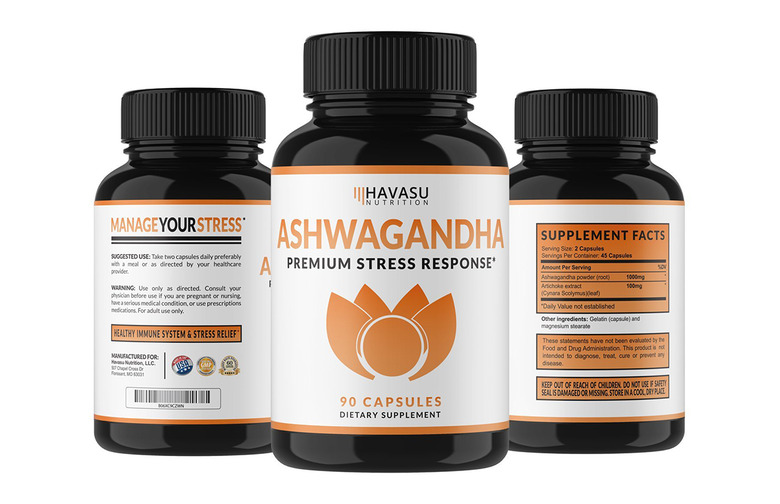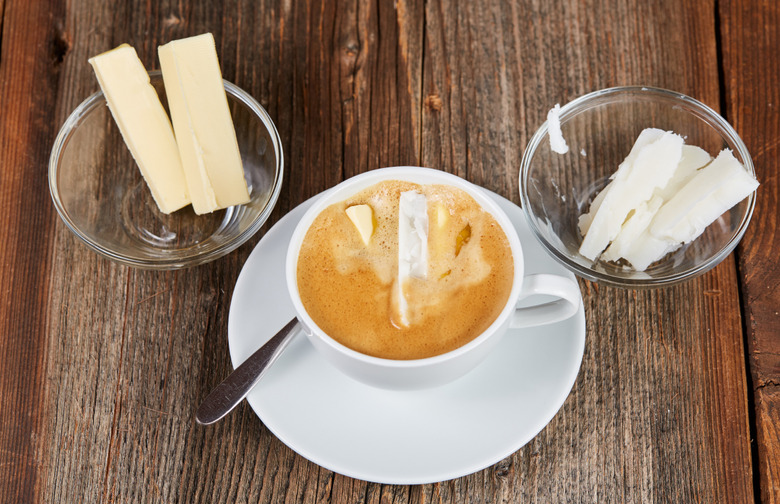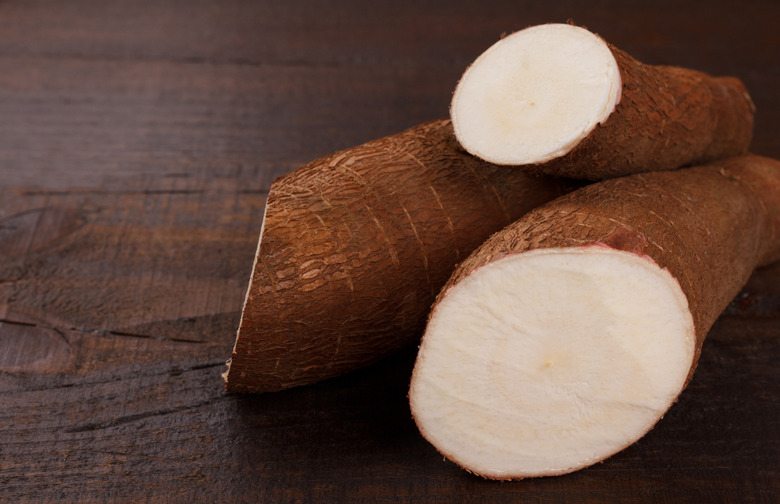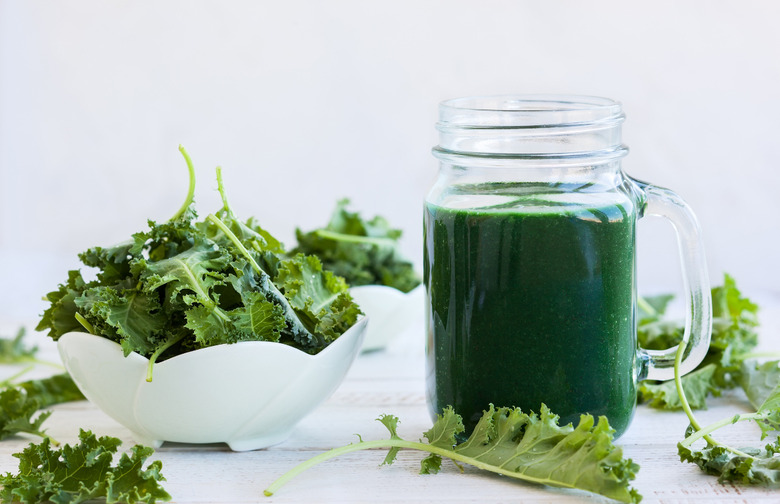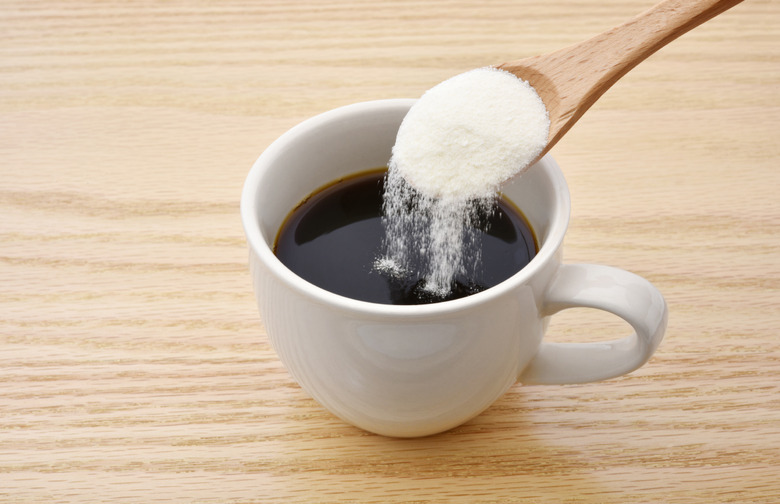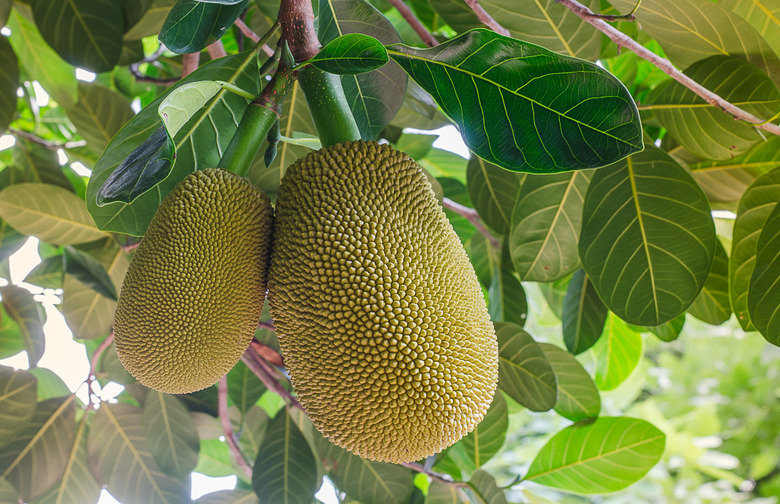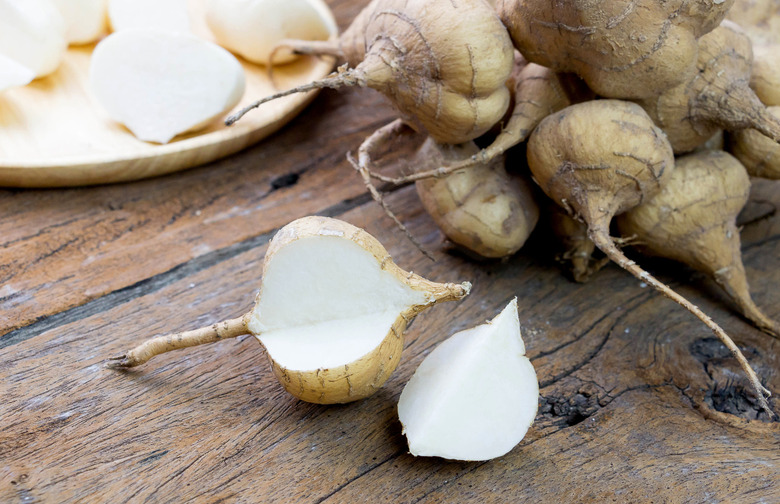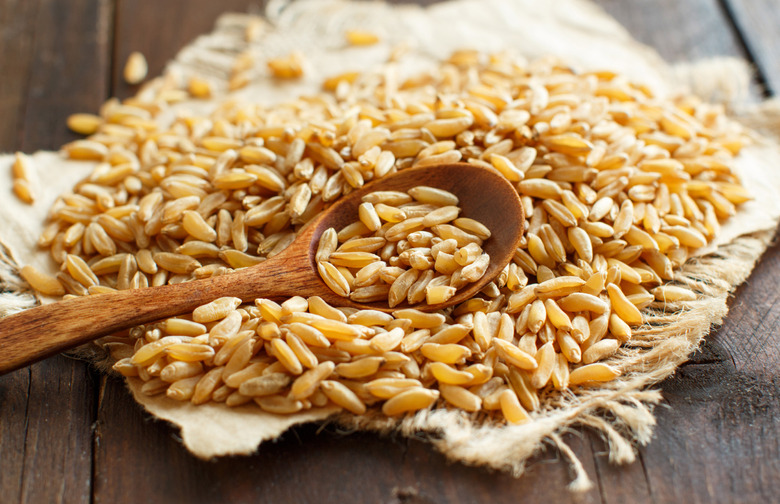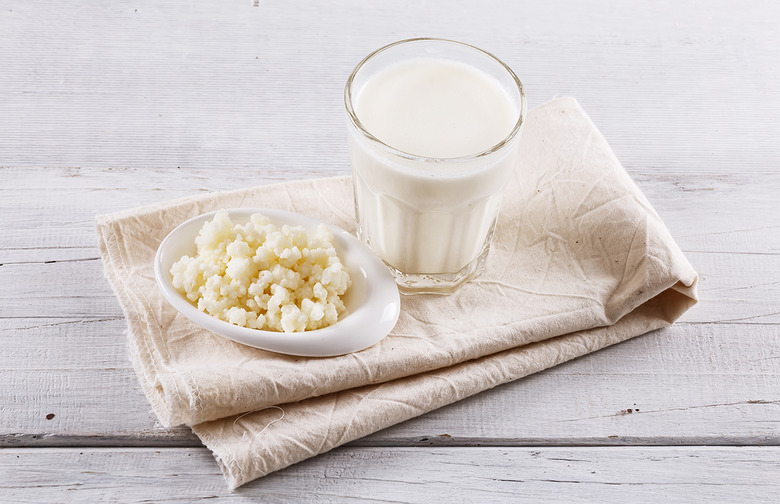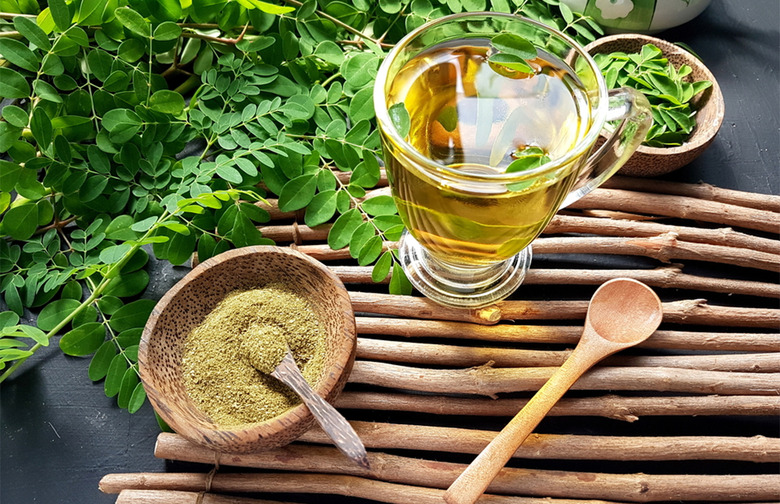Ashwagandha And 10 Other Foods Everyone's Talking About (But You've Never Heard Of) Slideshow
Unless you're an Instagram aficionado, foodie trends can seem impossible to keep up with these days. And of all the food-obsessed communities out there, the healthy food lovers just might be the worst. They're notorious for overspending on superfoods and indulging in odd food swaps you can't imagine actually taste good.
You walk just a few steps into Whole Foods and you're already confused. Products of varying shades of green, rainbow, and brown boast gut healing power, superfood status, and elixir qualities you just can't seem to understand.
The millennials in the aisles, however, seem to have it all figured out. They can somehow compare mānuka honey brands with ease, impossibly knowledgeable about the source and purity of each brand. Their smoothie bowls are brimming with powdered additives that must be what's keeping their skin and hair aglow. What are these trendy foods they're eating, anyway?
We've compiled a few of the ones getting the most chatter right now. Some of these new foods are admittedly overhyped. But others actually do have nutritional benefits that make them well worth the mark-up. Either way, here are the foods that have everyone talking — but that you've probably never heard of.
Ashwagandha
Ashwa-what-a? We know, it's hard to pronounce. But once you use it, you'll be so relaxed it won't even matter — or at least that's what people are saying. Ashwagandha is an herb that's been used for centuries in Ayurvedic healing and other restorative practices.
Today, it's used for strengthening the immune system, boosting natural energy, and reducing stress. The calming herb is easy to mix into smoothies, coffee, or even bowls of oatmeal in its powdered form. But if you can't motivate yourself to eat it, it's also sold as a supplemental pill.
Brain Octane
Haven't you heard? Healthy fats are all the rage — so much so that people are adding fat to anything and everything. Including, most recently, their coffee. Bulletproof coffee is a new craze in which people add a source of saturated fat to their morning brew. The idea is that the body can then derive energy from those fats, encouraging the body to burn fat in the long run.
Does it work? The results are mixed. But what people do know is that fatty coffee tastes delicious.
Brain octane is most popularly sold by the Bulletproof gurus themselves, but has spread to other markets. It's essentially just purified coconut oil — which, despite the contentious dispute, is really good for you.
Cassava
Paraded by the paleo diet, cassava (aka arrowroot, tapioca, and more) is a tasty solution to a glutinous problem. Ground into cassava flour, it's been used as a replacement for typical flour in foods ranging from cookies to tortilla chips.
Surprisingly, the gluten-free replacement isn't low-carb at all — in fact, it's loaded with carbs. Cassava is a starchy root vegetable, sort of like a potato or a beet.
It's also really low in fiber, unlike whole-grain flours from wheat. Other than its gluten-free status, the only other reason we can think of that it's hailed in health communities is that it's a good source of thiamine. A niche appeal, but it seems to have made its break!
Chlorophyll
Yes, this is the green stuff from plants. But eating it won't turn you green — though apparently it will prevent cancer, detoxify your body, protect your skin, and fight infection. Those are some hefty claims. But all of them stem from the plant-powder's invigorating qualities. It stimulates some of the body's processes to keep things running smoothly and cleanly.
Bloggers use it in its liquid form to make trendy toasts and brightly-colored drinks, but you can also take it in a compact pill with your daily multivitamin.
Collagen
It sounds like the stuff people use in plastic surgery — because it is. Collagen is found in our bodies naturally. It's actually the most abundant protein we have, helping make up our bones, joints, ligaments, skin, muscles, and more. The idea of consuming collagen is to boost the production of all of those naturally-occurring cells. Those who use collagen claim to see faster hair, nail, and muscle growth.
People are getting insanely creative with collagen. It's been used in brownies, lattes, and banana bread, sure. But the protein has made it into other odd recipes, as well, such as waffles, soup, and even pasta sauce! Since it's tasteless, you can really use that stuff on anything.
Jackfruit
The jackfruit is technically a fruit — but it's not super sweet. A jackfruit is a multiple fruit, meaning that it's composed of hundreds of thousands of individual flowers inside its skin. We eat the petals of these flowers.
Vegans have been employing jackfruit for a while now as a fleshy replacement for meat in many recipes. For example, they might cover jackfruit in a tangy sauce and stuff it into a taco in place of pulled pork.
Jackfruit is low in calories since it consists mostly of water. It serves as a rich source of vitamin B6, as well, so it could be the replacement you were looking for instead of potentially-damaging vitamin supplements.
Jicama
A tuber plant related to the potato, jicama is a fibrous replacement for more starchy foods in many recipes. People have been cooking jicama chips, stir-fried jicama, and more to add a satisfying and nutritious crunch to a variety of otherwise carb-heavy recipes.
The plant is brimming with immune-boosting vitamin C and enough fiber to last you the day with just one serving.
Kamut
It sounds fancy, but it's really just a type of wheat (so it's not gluten-free). You can cook kamut just like you would any other grain — boiled in water until it's nice and chewable. It's a much larger grain than your typical wheat, and it has a rich, nutty flavor.
It's got loads of protein and fiber to brag about, alongside a heaping portion of manganese. Manganese is crucial for our metabolisms to work efficiently. This, combined with the hunger-fighting duo of protein and fiber, make it a great choice for a side dish.
Kefir
It's one of those buzz-worthy foods that boosts gut health. Kefir sounds exotic, but it's really just drinkable probiotic yogurt. It originated in the north Caucasus Mountains and is made with kefir "grains," small growth starters for yeast and bacteria. The fermentation process is similar to that of kombucha, but the result is much creamier.
Moringa
Here's another food that's sold in powder form — and you'll find a huge bag of it in many health enthusiasts' pantries. It's a substance derived from a horseradish tree and has been used for many generations in Eastern cultures to both treat and prevent disease.
It's jam-packed with nutrients such as protein, potassium, calcium, and many vitamins. Plus, it boasts antioxidant status — meaning that it combats cancer-causing free radicals and subdues harmful inflammation.
Like many of the powders on this list, you can add moringa to nearly anything. We recommend mixing it into a sweet, flavorful juice or a smoothie to mask the strong taste. It's made from a horseradish tree, after all.
Trehalose
This one's still kind of lurking in the underground of the health conversation. Trehalose is a sugar replacement (similar to stevia) that boasts of being completely safe to consume. It's also calorie-free. Sound too good to be true? The jury's still out, as there aren't many research studies to vouch for it yet. However, it seems promising — it's an all-natural sugar that we can't digest (hence its calorie-free status) found in mushrooms and other plant life. Could this food be the next best sweetener for your coffee?

